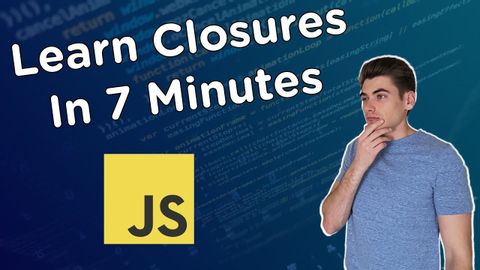7分間でクロージャーを学ぶ (Learn Closures In 7 Minutes)
林宜悉 が 2021 年 01 月 14 日 に投稿  この条件に一致する単語はありません
この条件に一致する単語はありませんUS /səbˈskraɪb/
・
UK /səb'skraɪb/
- v.t./i.(定期的なサービスに)申し込む : 予約をする : 予約金を払う
US /ˈkɑnstəntlɪ/
・
UK /ˈkɒnstəntli/
US /ɛnˈtaɪr/
・
UK /ɪn'taɪə(r)/
エネルギーを使用
すべての単語を解除
発音・解説・フィルター機能を解除

